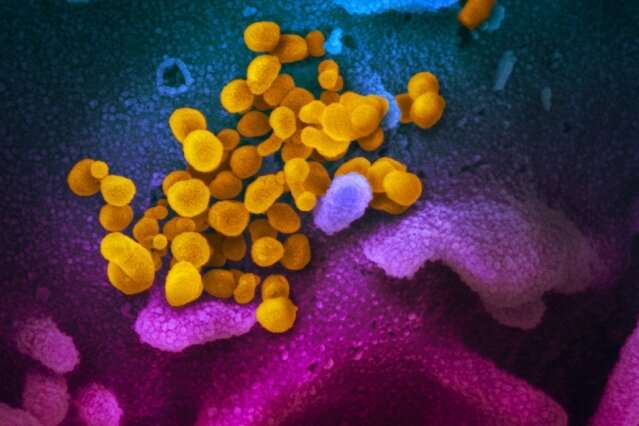
The World Health Organization said Tuesday that Europe was facing decision time about tackling COVID-19 as case numbers hit record highs, children return to school and summer recedes.
WHO emergencies director Michael Ryan said it was time to “stop looking for unicorns” and instead take hard decisions to protect those most vulnerable and keep youngsters in education—but inevitably see others lose out.
“Europe is facing that moment as Europe enters into a season in which people will begin to come back indoors. The pressure of infection will grow, no question,” Ryan told a virtual press conference.
“How do we hold those two principles—protecting the vulnerable from death, and getting our children back to school?
“Something, in some sense, has to give.”
Ryan said there were no easy answers but such trade-offs needed to be made to help both the youngest and the oldest in society.
“The only way to do that is that the adults separate themselves enough to drive transmission downwards,” he said.
“So what is more important: our children back at school or the nightclubs and bars open?
“There’s a time for decision-making coming as the season rolls into the winter months.”
Surge in Europe
The WHO registered a one-day record high number of confirmed cases in Europe on Friday at 53,873.
The surge has sparked alarm across Europe, and revived the debate over how best to fight it as millions of schoolchildren return to the classroom for the first time in months.
Maria Van Kerkhove, the WHO’s technical lead on COVID-19, said the increase in cases in Europe was partly due to a welcome improvement in testing capacity and surveillance.
However she added: “Some of that resurgence is reaching levels that are higher than we saw in April and in May. That is a worrying trend that we are definitely seeing.
“If the virus is present and there are gatherings taking place, particularly in crowded settings, indoor locations with poor ventilation, the virus will spread.”
Ryan and Van Kerkhove were addressing speaking a press conference by the WHO, the United Nations Educational, Scientific and Cultural Organization (UNESCO) and the UN Children’s Fund (UNICEF) on getting youngsters back to school during the pandemic.
They have published joint updated guidance on school-related public health measures under the COVID-19 crisis.
‘Last resort’
“There is no zero risk,” said WHO chief Tedros Adhanom Ghebreyesus.
“But with the right combination of measures, we can keep our kids safe and teach them that health and education are two of the most precious commodities in life.”
Nine months into the crisis, a clearer picture was emerging on how the new coronavirus affected children, he said, though many questions remained unanswered.
People under 20 accounted for less than 10 percent of cases and less than 0.2 percent of deaths.
Tedros said schools should only be closed “as a last resort” in areas with intense transmission.
UNESCO chief Audrey Azoulay said half the global student population was yet to return to school and there was a risk that 11 million girls might never return.
Source: Read Full Article
